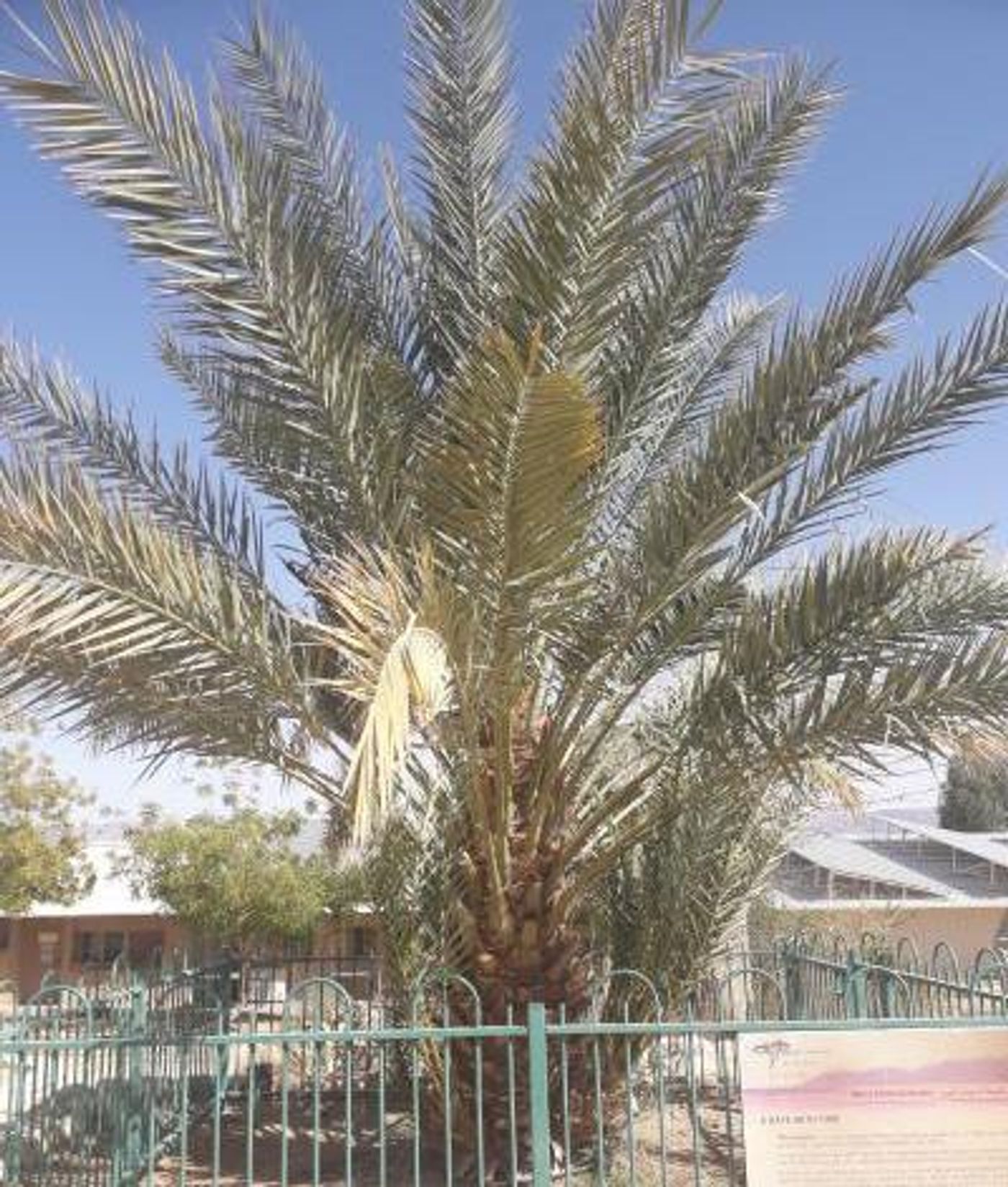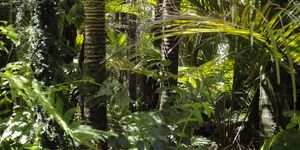DNA From 2,000 Year Old Extinct Date Palms is Sequenced
Researchers have taken 2,000 years old date palm seeds that were gathered from archaeological sites and used them to grow viable plants. The scientists were then able to take samples of these plants and sequence their DNA. The seeds came from places in the southern Levant region (a part of Western Asia near the Mediterranean). These seeds were estimated to be from the 4th century BCE to the 2nd century CE. The whole-genome sequencing data that was created can now tell us more about Judean date palm plants of a species called Phoenix dactylifera L. that were once extinct. This is the first time that scientists have done genomic sequencing on plants grown from ancient seeds.
The genetic data from these ancient plants were compared to current data, and now the researchers have learned more about their evolution. Sometime between the 4th century BCE and 2nd century CE, increasing levels of genes from a different species, Phoenix theophrasti, began to appear in the genome of date palms in the eastern Mediterranean. Phoenix theophrasti is still growing today because of hybridization, in southwestern Turkey, Crete, and some Greek islands. This work has been reported in the Proceedings of the National Academy of Sciences.
The changes in the genetics of the plant illustrate how the Roman Empire's influence in the Eastern Mediterranean extended during this period.
"We are fortunate that date palm seeds can live a long time - in this case, more than 2,000 years - and germinate with minimal DNA damage, in the dry environment of the region," said Professor of Biology Michael D. Purugganan of New York University Abu Dhabi. "This 'resurrection genomics' approach is a remarkably effective way to study the genetics and evolution of past and possibly extinct species like Judean date palms. By reviving biological material such as germinating ancient seeds from archaeological, paleontological sites, or historical collections, we can not only study the genomes of lost populations but also, in some instances, rediscover genes that may have gone extinct in modern varieties."
Sources: AAAS/Eurekalert! via New York University, Proceedings of the National Academy of Sciences









